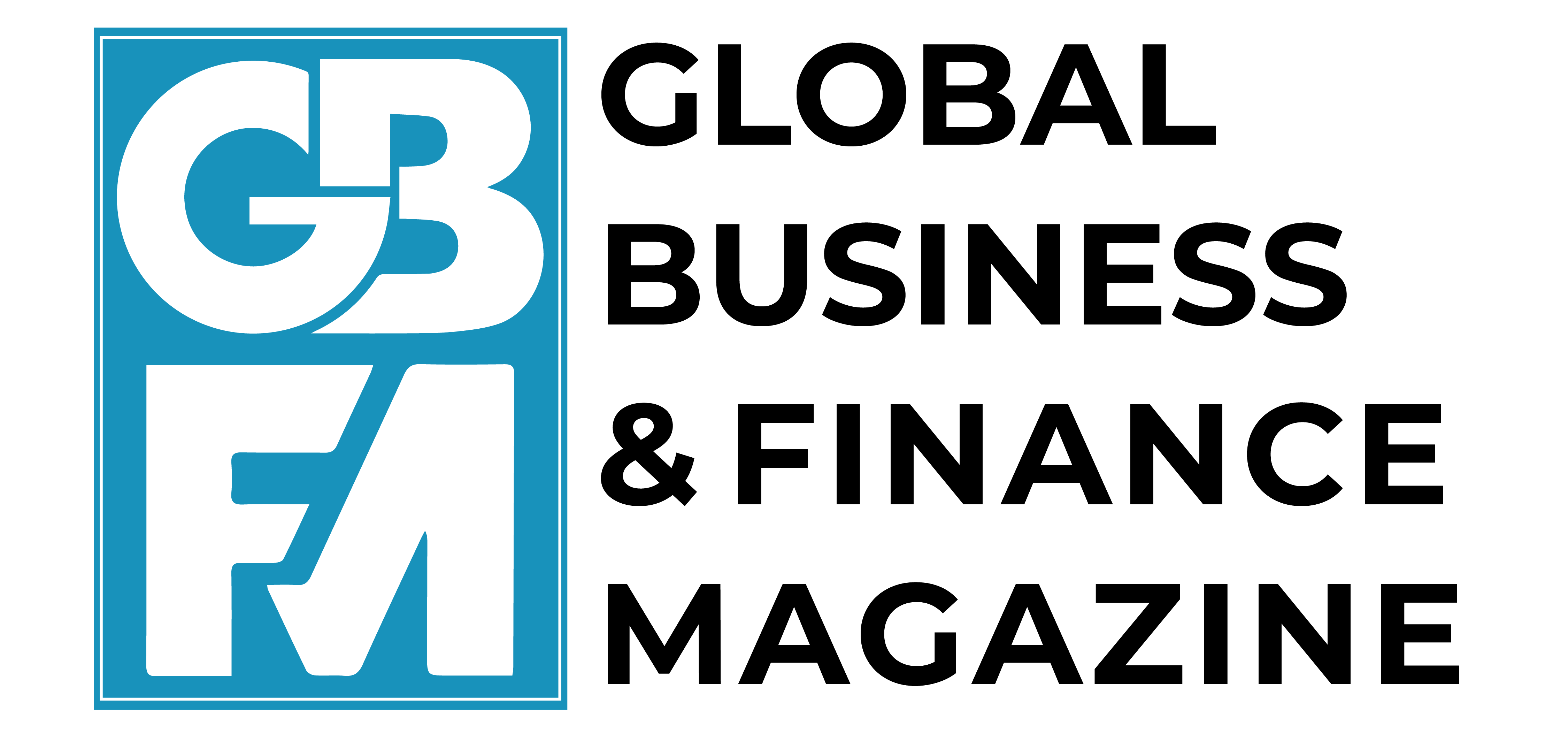Faced with the prospect of the US government imposing higher trade tariffs, European consumers are rethinking what they buy. This column explores how European consumers are reacting to the 2025 US tariff hikes and the reasons behind their responses. European consumers are very willing to switch away from US products, and the more they earn, the more likely they are to switch. Higher-income households appear to be motivated more by preference than by price. Geopolitics and trade wars may induce long-term structural change in consumer preferences.
The newly imposed US trade tariffs on European products are causing European consumers to think twice what’s in their shopping cart. The changes in their purchasing behaviour are due to preference shifts triggered by the trade conflict. Usually, the impact of tariffs on consumers depends on the demand elasticity with respect to the prices of affected products and services. When life gets more expensive due to tariffs and households can decide on alternatives, consumers switch to cheaper products. The recent US tariffs may however lead to a broader preference shift among Europeans away from US products and brands, which lies deeper than prices.
This column uses data from the Consumer Expectations Survey to get a better idea of how consumers respond to potential tariffs and understand the reasons behind those responses. In March 2025, survey participants were asked how likely they were to switch away from US products in response to potential US tariffs and retaliation from the EU. 1 We confronted consumers with different scenarios, with potential tariff increases of either 5%, 10%, or 20%. Additionally, respondents were asked about their reasons for substituting away (or not), with options related to the price, preferences, or lack of alternatives. 2
Preferences are shifting away from US products
Results show that consumers are very willing to actively substitute away from US products and services. Their median substitution score was 80 on a 0 to 100 scale, where 0 signifies that respondents are not willing to buy other products instead of US products and 100 means that they are very willing to buy other products instead. Figure 1a depicts the median degree of substitution of US products and services by hypothetical percentage tariff and by primary reason for the switch. Substitution away from US products is high for any tariff scenario. However, the degree of substitution is much higher for respondents who report a preference shift as their primary reason, rather than the price change triggered by the tariff. This points to a consumer response that will extend beyond the impact of tariffs; it illustrates that the trade war could induce a long-term structural shift of consumer preferences away from US products and brands.
Figure 1 Substitution willingness and substitution motive


Notes: Weighted data. Median substitution percentage. Respondents choose the reason for willingness to substitute.
Sources: Consumer Expectations Survey. Latest observation March 2025.
These results are very different from what was observed in similar surveys in the US. In response to potential tariffs, US consumers reported stockpiling goods that were expected to increase in price (Coibion et al. 2025). In contrast, in the euro area, it seems that the pure incidence of a tariff makes a large share of consumers reconsider what they buy. Overall, about 44% of respondents reported that they are willing to shift their spending away from US products, irrespective of the tariff rate and primarily due to a preference to switch away (Figure 1b). For this group of respondents, the average substitution score is above 94 and remains unchanged across the randomised tariff increases (5%, 10%, 20%).
The response of consumers depends on their income
Price elasticity tends to usually decrease by income. When prices rise, those who have less have to think twice about what to buy. Conversely, people with higher incomes tend to care less about price changes. However, for the respondents’ willingness to substitute US products and services, we observe an increasing pattern by income quintile (Figure 2). Rather than the usual pattern, we find that the more people earn, the more likely they are to switch.
Figure 2 Substitution willingness, by income and discretionary consumption quintiles


Notes: Weighted data. Income and consumption quintiles calculated within country.
Sources: Consumer Expectations Survey. Latest observation March 2025.
This surprising result can be explained by the fact that higher-income households are more motivated by preference than price. While they can afford more expensive US products and services, they deliberately choose against them. Figure 3 shows that the percentage share of respondents who report preferences as the main reason for substitution increases with reported household income. Meanwhile, their price motive decreases. Likewise, consumers with a higher share of discretionary spending, such as multimedia or entertainment, show a higher substitution score as well as a higher preference motive than consumers who spend more on necessities, such as food or electricity (Figures 2 and 3). So, it’s preference that matters, not price.
Figure 3 Substitution motives, by income and discretionary consumption quintiles


Notes: Weighted data. Income and consumption quintiles calculated within country.
Sources: Consumer Expectations Survey. Latest observation March 2025.
Looking ahead, the Consumer Expectations Survey responses indicate that the ongoing geopolitical and trade developments may induce significant changes in consumer spending, particularly on US products. Our findings indicate that in the current context, consumers’ reactions to higher tariffs may far exceed the standard textbook consumption patterns.
Source : VOXeu



































































